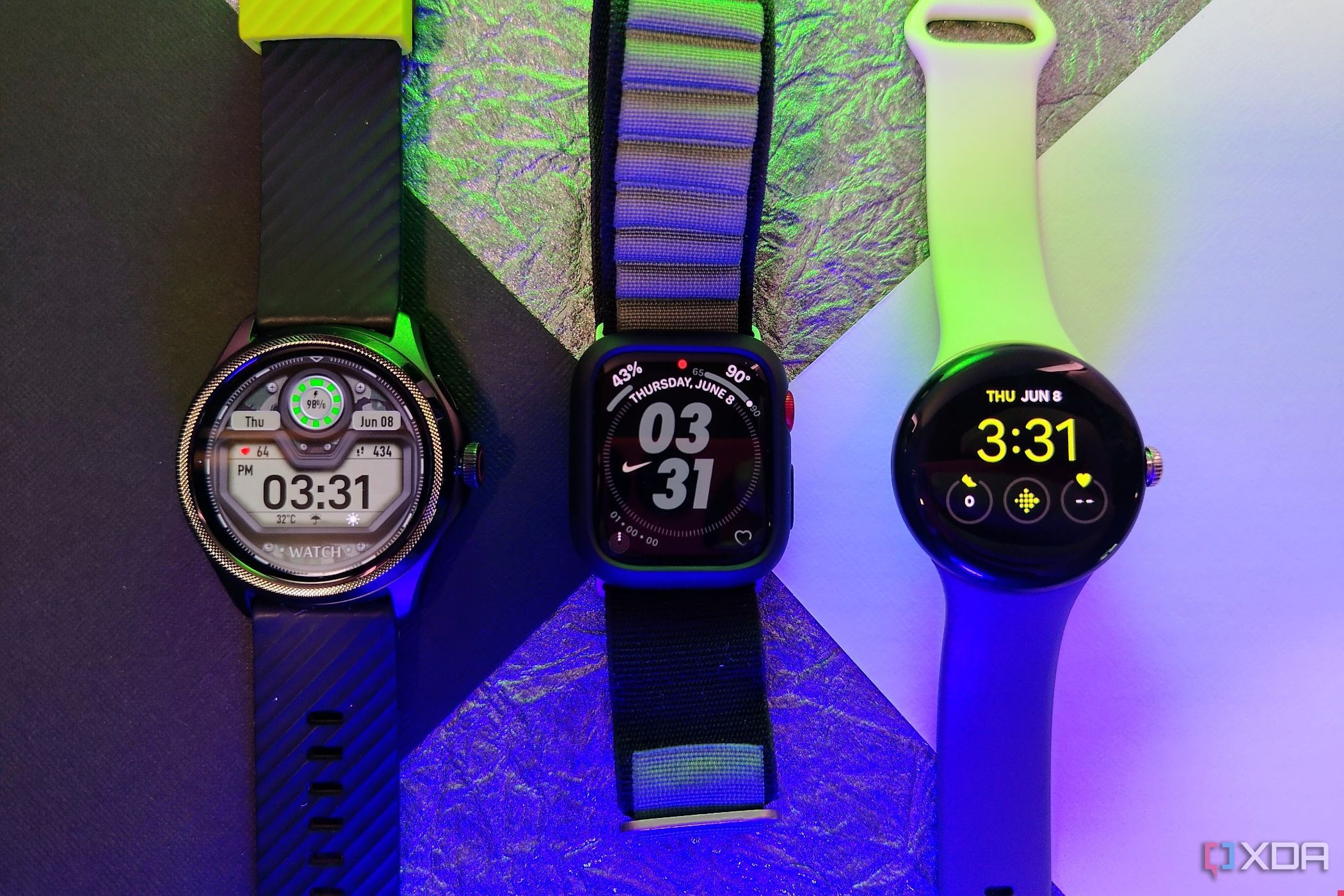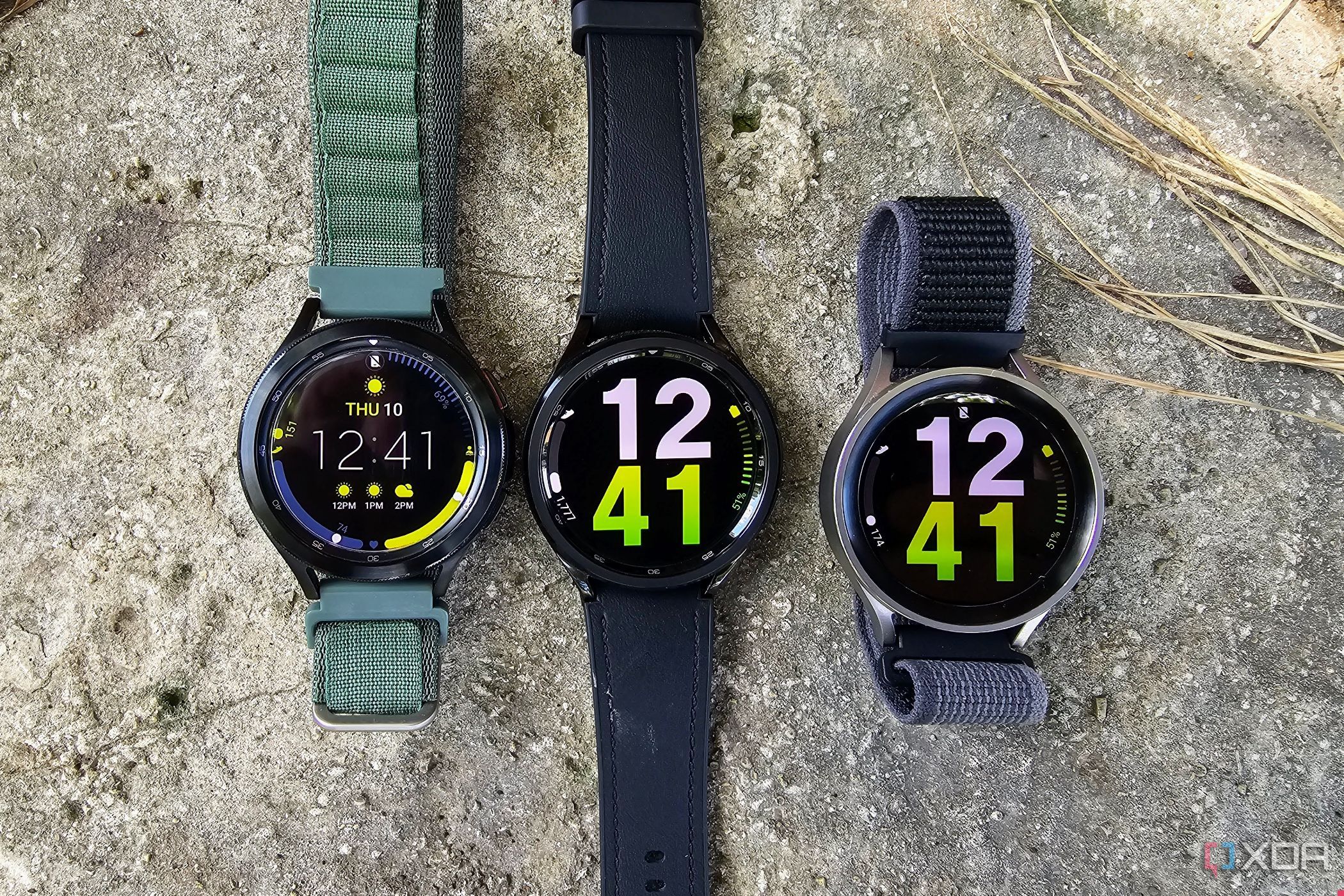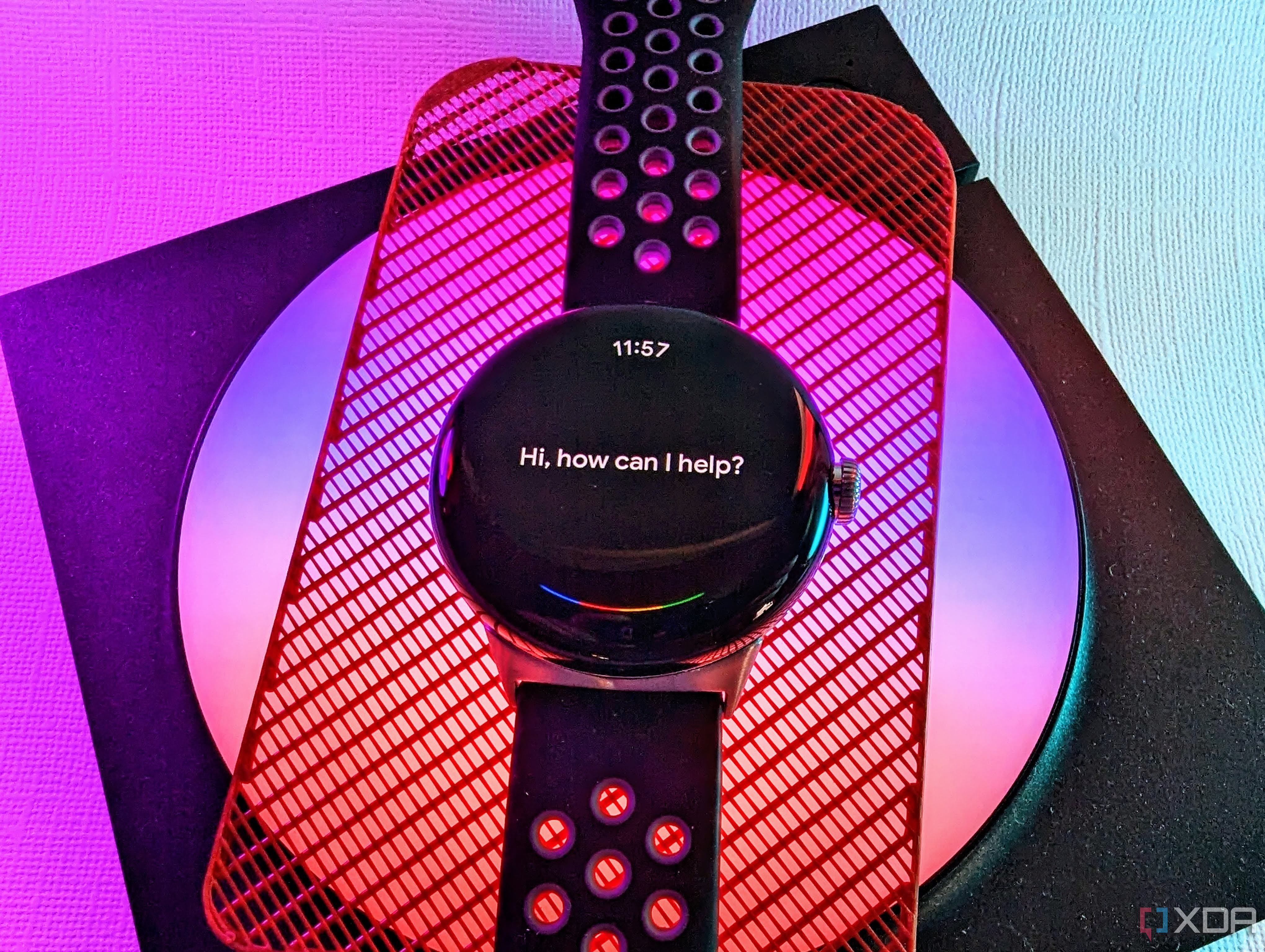For better or worse, I’ve been a fan of smartwatches since the Motorola Motoactv in 2011, and my interest hasn’t stopped since. While I’ve dabbled with wearables on other platforms like Tizen OS with Samsung’s watches, Zepp OS on Amazfit devices, and watchOS on the Apple Watch 7, there’s something specifically about Google’s Wear OS platform that continues to draw me back in.
With its relaunch of Wear OS 3 two years ago, which involved Google and Samsung teaming up for a new era of wearables, I, and many others, felt a glimmer of hope. Unfortunately, for the most part, nothing really changed besides Samsung now using the OS for its wearables. Now that Wear OS 4 officially launched on the new Galaxy Watch 6 devices, again with very little change (minus a few small but welcome features), it’s clear that the Wear OS relaunch has been a failure. There are a lot of ways the platform could’ve succeeded, and it has done none of them, instead leaning into strategies that dilute the Android wearable space and make choice harder for users.
Wear OS should lean into its one great strength
In my time using all these different wearables, I can confidently state the obvious. None of them are perfect because no product is right for every person. While I’ve spent the least time using watchOS, I appreciate its tight-knit integration with the Apple ecosystem. Not to mention the robust set of services available to take full advantage of the health and fitness features. But even though there are watchOS features I’d like to see arrive on Wear OS, it still has some shortcomings.
However, Apple enjoys a popularity that Wear OS hasn’t even come close to reaching. It’s ironic because Wear OS’s greatest strength might actually be a weakness: the variety of devices and brands offering its wearables. Unlike Apple Watch users who ostensibly have had only one watch style to choose from until the latest Apple Watch Ultra came along, Wear OS is available on a breadth of devices for different users, and it could capitalize on that while still streamlining the experience across different brands.
Left to right: Samsung Galaxy Watch 4 Classic, Watch 6 Classic, Watch 5 Pro
Until Wear OS 3, each watch had the same interface with maybe a few brand-specific features. Wear OS 3 brought deeper brand customization options that never existed on the platform before. This change brings it more in line with what the best Android phones get with the different skins. For example, Samsung largely kept the same UI it offered on its Tizen-based watches when it transitioned over to Wear OS, except now users had access to the Google Play Store for Wear OS apps. Google has its own style for the Pixel Watch, while Mobvoi has stuck with the traditional look it has offered for years when it launched its latest TicWatch Pro 5.
In theory, this allows greater choice for your wearable both in form factor and UI. But the variations carry over to health and fitness tracking and, in some cases, access to specific features. I mentioned some examples in my Samsung Galaxy Watch 6 Classic review, with one being that you can’t use the ECG feature unless you pair the watch to a Samsung phone. While Google hasn’t locked away features in its wearable to only work with Pixel phones, I wouldn’t be surprised to see it happen in the future.
Wear OS is available across many brands with unique opportunities to customize the interface, but that is also what is causing fragmentation in the space.
When OEMs only support features to work with specific phones, the platform as a whole suffers. Plus, the major players in the U.S., Samsung and Google, are also the ones building the platform. These companies have been taking the Apple approach by prioritizing their devices both on the wearable and smartphone front. Yes, I know this is something I admire about Apple, but taking this approach in the infancy of the relaunched platform also beings the downfall of its greatness — true choice.
Wear OS needs to adopt the old Android motto
I’m all for choice in just about everything, but I can also appreciate a brand that seeks to best optimize the overall experience for those already in that ecosystem. But when the basis of the wearable and smartphone platforms aren’t yet optimized to take advantage of either fully, it can negate both. Google Fit was supposed to be the health and fitness platform for all of Android to enjoy, but it’s been seemingly abandoned as the company works to bring Fitbit deeper into the fold for the Pixel Watch platform. Google is attempting to allow your health and fitness data to filter into a single platform with Health Connect, which can communicate with other apps, but that is still in its infancy. And Google Fit, in the meantime, is still barebones compared to Apple Fitness.
There is a similar issue with Samsung. Samsung Health is a robust platform that is available in some form on any Android smartphone, but it gets more helpful when paired with a Samsung-branded wearable. Basically, I share the same sentiment as my colleague Karthik Iyer: he’s done waiting for Android to catch up to Apple’s health and wellness efforts, and so am I.
Google and Samsung’s pairing has yet to fulfill the hype many had when it was announced. Simply being a wearable operating system that works on Android isn’t enough.
I’m not saying that Wear OS is bad. It’s still my preferred platform for smartwatches, even if there are other operating systems I enjoy. Wear OS just hasn’t found its footing, and it has been years of searching for one for years. Google and Samsung’s pairing has yet to fulfill the hype many had when it was announced. Simply being a wearable operating system that works on Android isn’t enough. It needs to find ways to take what’s unique about Android and combine it with the integration Apple offers.
Wear OS runs on many of the best smartwatches, and Wear OS 4 is bringing some nice features like the implementation of Google’s Material You, better watch face creation tools, and the much-needed backup feature, but those won’t solve the overarching problems facing the OS. True cross-service health and fitness, a connected community for wellness goals, consistent app experiences, and more are just a few things that need to change across the platform for the entire Wear OS brand to grow. Until then, only the big players will succeed, each in their own way. But to the detriment of the platform overall.
[ad_2]







